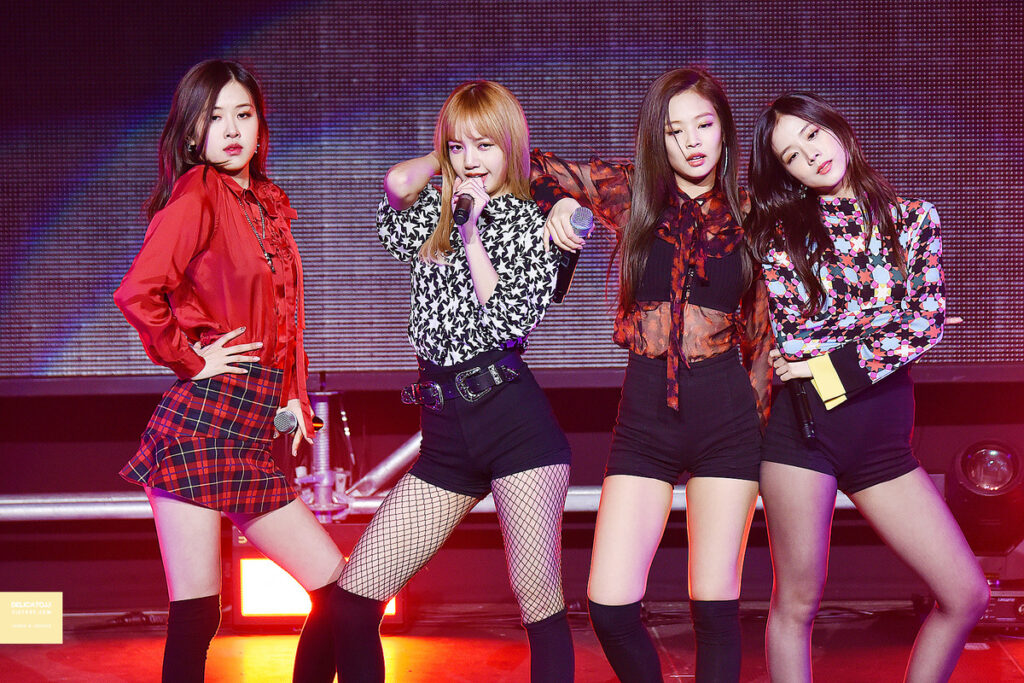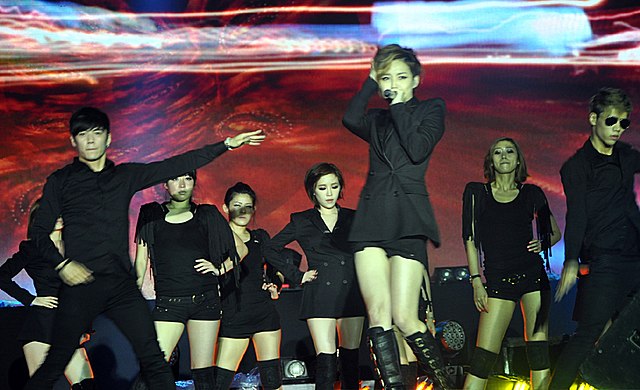10 Mind-Blowing K-Pop Facts for Kids (2024 Updated!)
So, kids, this is where it starts!
The music industry has witnessed the ebb and flow of trends, but on November 19, 2017, the AMA stage hosted a massive shift – the introduction of BTS to the American music industry.

Since then, K-pop, or Korean Pop, has become a global sensation, followed and admired by audiences worldwide.
Let us look at 10 facts about K-pop so that you can have a conversation with that K-pop fan in your class.
Interesting facts about K-pop
1. Origins of K-pop
So, kids, K-pop is not a new phenomenon! It has been around for decades. It just became popular recently.
K-pop’s journey traces back to the 1950s, when The Kim Sisters pioneered Korean pop music in the U.S., captivating audiences with soulful renditions of American pop songs. This laid the foundation for the genre’s evolution from traditional Korean music to the modern phenomenon we know today.
2. Beyond the Beats – Diverse Genres in K-pop
K-pop is actually like assorted, multi-colored Skittles. They are the best of all worlds.

K-pop isn’t confined to a singular sound; it’s a kaleidoscope of genres – pop, experimental, rock, hip-hop, R&B, electronic, and dance. From the straightforward pop hits of Girls Generation to the rap-infused stylings of BLACKPINK, K-pop caters to diverse musical tastes.
3. The Cultural Influence of K-pop
While most people know that they are Asian, the people who don’t follow their music don’t know that it is Korean.
Rooted in traditional Korean music, K-pop acts as both a mirror and a shaper of Korean culture. The fusion of traditional influences with contemporary sounds creates a unique musical identity, with lyrics oscillating between Korean and occasional English.
4. The Pioneers – Seo Taiji and Boys
The 90s were a turning point for K-pop.
K-pop had a major shift in the industry with Seo Taiji and Boys in the 1990s. By merging Korean pop with popular American music, they birthed a new era. Seo Taiji and Boys marked the genesis of K-pop groups, setting the stage for the genre’s explosion.
K-pop became like the popular Asian kid in your school. The smart and the cool ones!
5. Generational Shifts in K-pop
K-pop has changed a lot over the years, just like how your favorite games get updates.

In the 1970s, it was about political activism. In the 1990s, K-pop got a cool new style from Seo Taiji and Boys. Now, in the third generation, groups like BTS and BLACKPINK are super famous worldwide with a ton of fans!
6. K-pop Icons of the First Generation
This was way before you were born!

H.O.T., Sechs Kies, and S.E.S. – these first-generation icons defined K-pop in the late ’90s, creating a blueprint for the coming generation of stars. Their bubblegum pop hits, particularly H.O.T’s “Candy” in 1997, etched their names in K-pop history.
Ask your parents! They might know these names!
7. The Second Generation – A Wave of Popularity
You must already know from your life experience that you have to work hard and study to get good grades! Similarly, but on a larger scale, bringing the genre to the limelight must’ve taken a lot of courage and hard work!
The second generation, led by g.o.d, TVXQ, Super Junior, and BIGBANG catapulted K-pop to international acclaim in the early 2000s. Their impact laid the groundwork for the genre’s global appeal.
8. The Contemporary Reign of the Third Generation

The legacy of K-pop is safe with the newest generation of artists!
BTS, EXO, Seventeen, and BLACKPINK dominate the current K-pop scene. Facilitated by social media, they shattered barriers in the U.S. entertainment industry, challenging the white-centric idea of music.
Read about the King of Pop Michael Jackson Fun Facts.
9. K-pop’s Global Impact and Social Activism
K-pop isn’t just about catchy tunes and mesmerizing choreography; it’s a platform for social activism.
Artists like BTS use their influence to address social issues, resonate with global audiences, and foster positive change.
10. Awards and Recognition
K-pop’s awards and recognitions are piling up like the hill of candy in your dreams.
BTS and SNSD/Girls Generation boast record-breaking wins. Weekly music shows, year-end awards, and fan voting systems contribute to the competitive landscape, showcasing K-pop’s industry dominance.
FAQ Section
How has K-pop evolved over different generations?
K-pop evolved with each generation, adapting to cultural shifts and global influences.
What are some unique musical styles within the K-pop genre?
Musical styles range from pop and hip-hop to experimental and traditional Korean influences.
Can you explain the impact of social media on K-pop’s global success?
Social media, particularly platforms like TikTok and Instagram, played a pivotal role in K-pop’s global reach.
How do K-pop artists balance traditional Korean influences with modern trends?
K-pop artists infuse traditional Korean elements into their music, creating a harmonious blend with modern trends.
What are some examples of K-pop groups with strong social activism messages?
BTS is a prime example, using its platform to advocate against social issues.
How has K-pop challenged the traditional norms of the U.S. entertainment industry?
K-pop challenged the industry’s white-centric norm by proving that diversity can lead to international success.
Final thought
K-pop is seen as a recent sensation due to its global exposure through social media. But this genre has been around for decades. Today, K-pop has a humongous fandom, and young people look up to such stars for their way of life.
These stars seem to understand the responsibility to set a righteous example to the coming generations.
